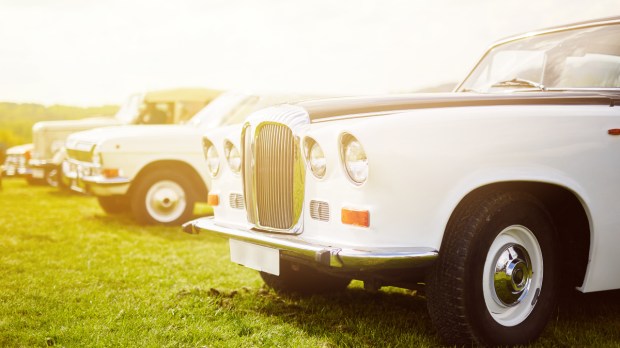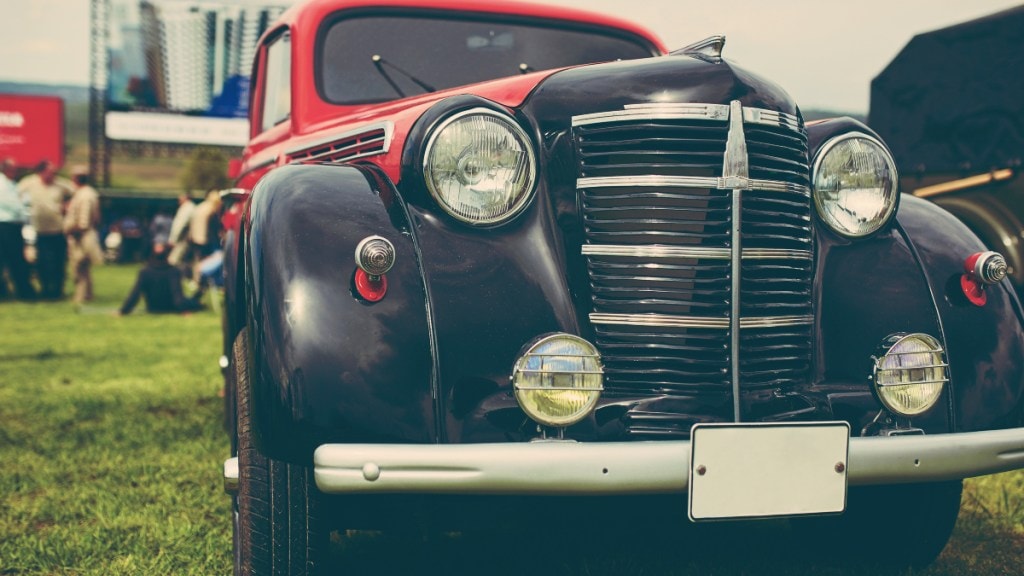India is filled with car and motorcycle enthusiasts but collectively as a nation we haven’t exactly been known to promote motoring as a culture, unlike many western countries. The Government of India has now come up with a rule that would surely bring cheers to the community of automobile enthusiasts, especially the ones who own or want to own vintage cars.
Through a recent draft notification, the Directorate General of Foreign Trade (DGFT) has allowed the import of classic and vintage cars that are at least 50 years old. Until now, Indians could only import cars classified as “classic” or “vintage” manufactured before 1950. Under the new policy, cars 50 years or older can be imported licence-free.
This effectively means that as of 2025, the revised policy allows the free import of cars manufactured and registered up to 1975, thus, extending the import period from pre-1950 to 1975 and covering an additional 25 years. The rolling eligibility will continue year after year and will make it easier for vintage car lovers to bring one home. The vehicle’s actual age will be determined by the original date of registration from the first sale.

Things to remember
Anyone wanting to own a vintage car for personal use will benefit from this new policy. However, there are certain points which should be kept in mind.
- While there is no licence fee involved, there are other charges that are needed to be paid to bring home an imported vintage car. These include customs duty, GST and registration fee which can amount up to 250 percent of the car’s invoice (traded) value.
- The vintage cars will be subject to the rules mentioned in Motor Vehicles Act 1988 in addition to the conditions mentioned under chapter 3 A of the Central Motor Vehicles Rules, 1989.
- The DGFT has clearly stated that these vehicles will not be eligible for resale and has also warned of a 5-year no-sale rule in the future if dealers don’t comply. This restriction has been imposed to ensure that import of vintage cars remains within the collector community.
Here’s why it’s important?
This is a big deal for the automotive community since classic and vintage cars are a collector’s item. However, strict regulations deter many from bringing home one. Most of the vintage cars are restricted to podiums of an exhibition or a once-in-a-year car rally. The new policy is a more progressive step acknowledging vehicles produced after 1950. This will also boost the Indian aftermarket and car restoration industry which needed a shot in their arms.
It will, in turn, create more employment opportunities in India’s automobile industry in the future. Hence, boosting the economy as well. Be prepared to witness more vintage and classic cars from manufacturers like Mercedes-Benz, Jaguar, Cadillac, and Ford enthralling Indian roads in the coming future.




















